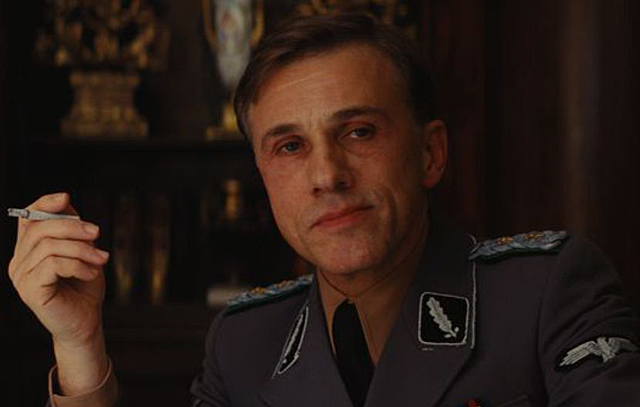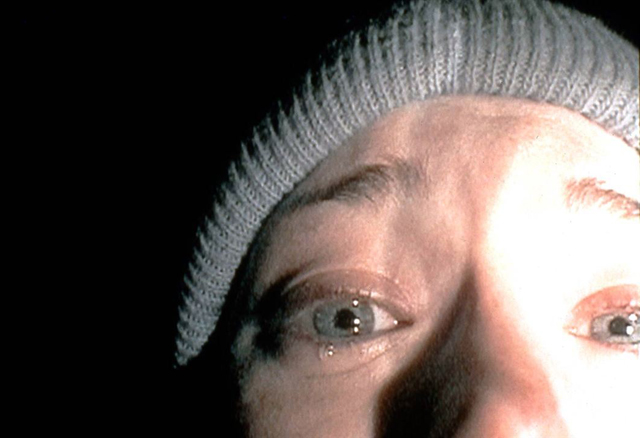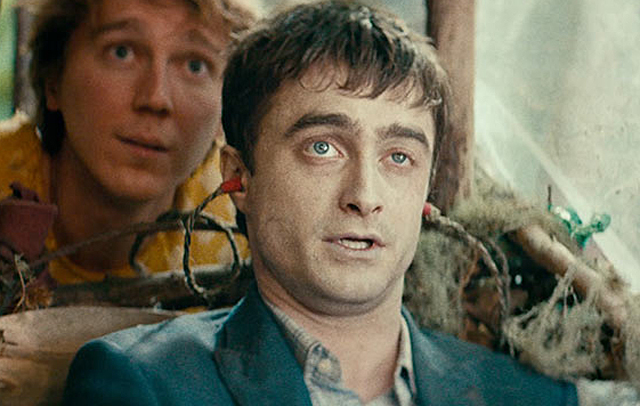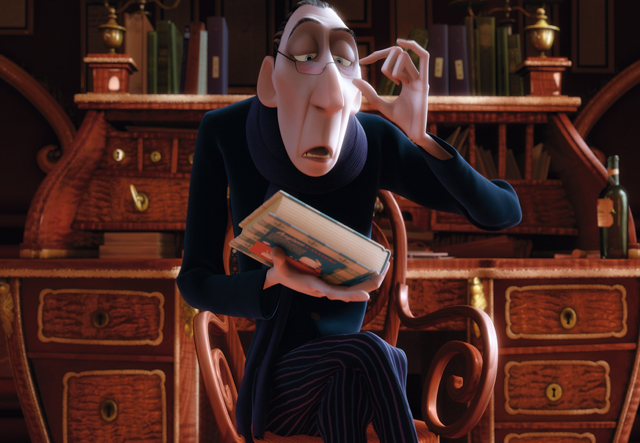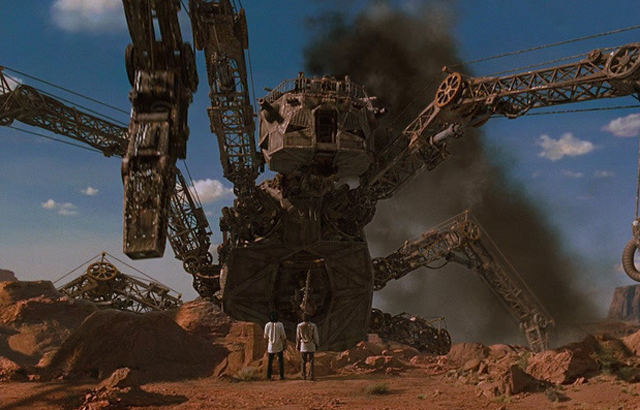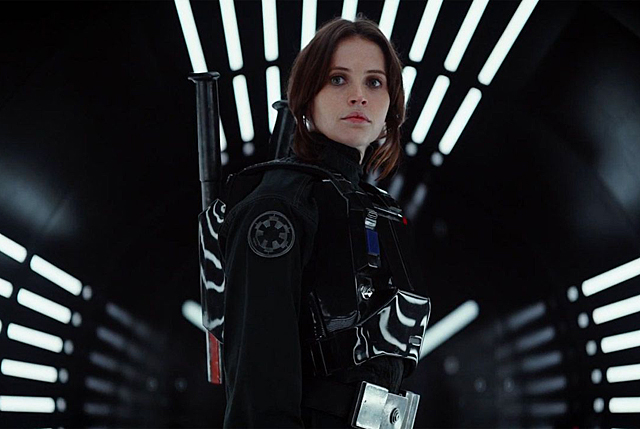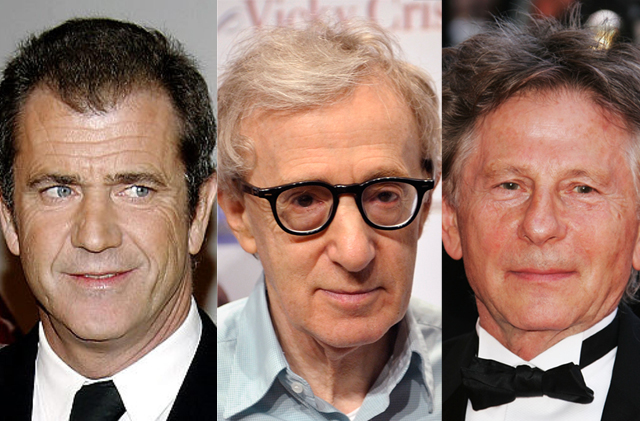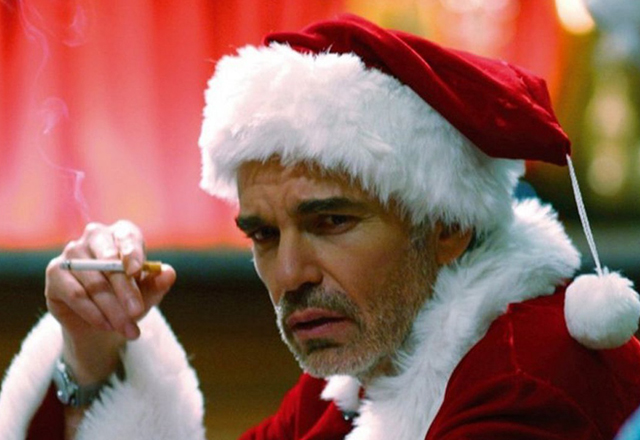
As the days get shorter and the nights get colder, we all know that the most festive time of year is upon us. The Holiday season can mean many things to different people, but essentially it’s a time of the year about reflection of the things that matter most to us, and how we hope to make the new year a better one than before. Several celebrations make up this season from all cultural backgrounds, but the one that certainly defines the winter season most of all is Christmas. Christmas truly has become the universal holiday marking the ending of each year, as it’s iconography and influence is found the whole world over. In many ways, it has moved beyond it’s traditional Christian origin to become something more homogenized and inclusive of other cultural influences. Though not celebrated by everyone, it nevertheless is a part of everyone’s holiday experience. After all, why do people busy themselves with holiday shopping or attend Christmas themed parties even though it’s not a holiday that’s a part of their select religion or background. That’s because we as a culture have made Christmas a holiday about community rather than a religious institution, and whether it’s your co-workers or your acquaintances or a certain loved one involved, everyone becomes involved in the celebration. And one of the things that has helped to turn Christmas into a communal holiday over the years is the influence of cinema. Christmas has become a popular point of interest for filmmakers, because how we spend the holidays reveals so much about us as a culture, and likewise, movies also have a lasting effect on the same culture that helps to shape how we view the holiday season.
It’s interesting to look at the ever changing image we have of the Christmas season, and how so much of it comes from the movies we watch. How many of you out there are able to pinpoint exactly what your favorite holiday film is within an instant? Or how about the many times you’ve tried to make your holiday plans feel closer to what you’ve seen in the movies? There are many non-Christians in our society today who don’t wake up on Christmas morning ready to open up presents under a tree, but will still spend the entire day watching A Christmas Story (1983), or It’s a Wonderful Life (1946), or even Elf (2003) just to feel some of the seasonal spirit. Thankfully our culture accommodates for other cultural influences during this time too; I hear the “Dreidel Song” included in a lot more Holiday playlists nowadays. But, the best thing about a tradition of Holiday themed films is that like all other movies, the main goal is have them appeal to all audiences. There is universal appeal in all the best loved Holiday movies. They make us laugh, cry, and more importantly, fill us with the hope that defines this time of year. But, what is also interesting is that as our culture has changed, so have our Christmas movies. The values espoused in some of the older Christmas movies aren’t the same as those of today, and it tells us a lot about how our own values have changed, even when the institutional foundation of the holiday has remained the same. It more has to do with how the traditions are looked at from every proceeding decade, and how the definition of a Christmas movie has evolved. Sometimes a movie will delve deep into the nostalgia of the holiday to remind us about tradition, while others will deconstruct it to reveal more about the world around us outside of the iconography of the season. There is a lot that we can learn from examining the sub genre of Christmas movies as a whole, because all together it reveals a culture that is in constant change.
A lot of our foundation for what the Christmas season is all about comes from the earliest representations of the holiday in cinema. Just like how Coca-Cola’s marketing was responsible for crafting the modern image of Santa Claus for our culture (with the white fur trimmed red coat ensemble and the rosy-cheeked jolly smile through his furry white beard), Christmas movies in the early days of cinema crafted the modern ideals of how the holiday should be celebrated. In movies like Christmas in Connecticut (1945), Meet Me in St. Louis (1944), The Bishop’s Wife (1947), and Holiday Inn (1942), we see an influence of Hollywood glitz and glamour presenting to us the idea of a perfect Christmas. During this time, Christmas celebrations moved away from the deep spiritual reflection that it once had been, and instead presented to us an image of how the every-man celebrates the holiday; with family, friends and even perfect strangers coming together to feast and play. The sense of Christmas being a communal festivity is strongly felt in these earlier films. It also perpetuated the ideal of a white Christmas, with the stark winter weather providing a nice counterpoint to warmth of a Christmas gathering. It’s also no surprise that the Hollywood movie machine also provided us with many of the most beloved holiday standards that are now a part of every Christmas playlist. Songs like Meet Me in St. Louis’ “Have Yourself a Merry Little Christmas” and Holiday Inn’s “White Christmas” are as synonymous with the holiday today as Santa Claus. But, the reason why these movies resonate as much as they do is because of the time they were created. In the 30’s and 40’s, America was pulling itself out of a Depression and were about to delve into a World War, so for most people, Christmas could only be ideally seen within the movies. Our holiday foundations are found deeply in this era of escapist entertainment, but despite how naive they might seem today, they are still the ideals we hold dear to our hearts and still aspire to.
The post-war years however changed the idea of what a Christmas movie could be and it shows us the first sign of how a holiday film can very clearly reflect the changes in our culture over time. America post-war was very different than it had been before and even during the conflict. Many soldiers returned home changed men, and the idea of Christmas became something rather distant now to many of them, as most veterans had spent too many holidays away from home and from loved ones. The movies of this era became less about indulging in holiday traditions but instead were about trying to rediscover them. It was Hollywood’s attempt at healing a broken nation whose people had suffered through too much and were not so easily persuaded by escapist entertainment anymore. A perfect example of this kind of feeling represented in a Christmas film would be Frank Capra’s immortal It’s a Wonderful Life. Here’s a movie all about the healing aspect of the holiday season. When we see Jimmy Stewart’s George Bailey driven to the edge of despair, his life is saved by a Christmas miracle, which enables him to see beyond the hardship and view how his life is valuable to others. And it’s through an act of Christmas charity that we see his life redeemed, showing a new kind of ideal for others to follow in the season, which is the idea of giving to those less fortunate. Like George Bailey, many disenfranchised veterans were in need of charity, and because of films like this, Christmas reminded us as a nation that it was essential to give back. But, the idea of having to reinvigorate the Holiday spirit wasn’t always present as bleak as in It’s a Wonderful Life. We saw in the classic Miracle on 34th Street (1947) how a personal visit from Mr. Kringle could move a cynical nation away from selfish interests towards a more optimistic holiday spirit. Post war America and the World in general needed lessons like these to help center itself again around something pure and ideal, and Hollywood provided that in the Christmas spirit.
Since the pre and post-War years, Christmas movies tended to become more of a niche market. We no longer had films that used Christmas as their primary theme or backdrop, but rather as smaller parts of a bigger picture. Television picked up the slack though, with Christmas specials and variety shows becoming annual institutions. In this time, Hollywood not only presented their ideals of what the Christmas season was all about, but did so with unencumbered glitz and glamour. What we also got from television at this time were the animated specials from people like Rankin Bass and Chuck Jones. These Christmas themed animated specials like Rudolph, the Red Nosed Reindeer (1964) and How the Grinch Stole Christmas (1966) became the standards for another generation of fans, presenting Christmas stories that moved even further away from the original spiritual traditions towards a more universally appealing vision of the holiday. In these movies we also saw how universal lessons that were important to people in that time, like the need for tolerance and understanding, became the focus rather than living up to the ideals of the holiday’s traditions. Another holiday special, A Charlie Brown Christmas (1965), even addressed the growing disparity between the traditional spiritual base of the holiday and the increasingly homogenized festivity it had become because of the influence of pop culture. It’s an identity crisis that is exceptionally well explored and given a very enlightened explanation by the end, when Charlie Brown finally understands that tradition and changing values are all what makes Christmas so special. The fundamental origin of Christ’s birth is always a part of the season, and our cultural traditions that we’ve added to the holiday have not buried that aspect, but instead embody the ideals that Christ represented. As Charlie Brown struggles to find meaning through directing a Nativity play, he comes to understand this as what Christmas means to him; the joy of giving a part of himself to improve someone else’s holiday.
After a long run on television, holiday films did find new life in the cinema during the 80’s and 90’s. What is interesting about this era though is how the definition of Christmas movies changed. Sure there were films that were unmistakably centered around Christmas themes, like A Christmas Story, Scrooged (1988), and National Lampoon’s Christmas Vacation (1989), but there were other movies made at this time that used Christmas as a backdrop, but were not necessarily about Christmas. This has led to many speculations in recent years whether or not some of these actually qualify as Christmas movies at all. One film for example would be Joe Dante’s Gremlins (1984). It’s set during Christmas, and uses a lot of the season’s iconography as part of it’s story, but the narrative centered around mischievous grotesque monsters could also find a home within the Halloween season as well. Within another genre, there is also the classic thriller Die Hard, which some fans will defiantly proclaim is absolutely a Christmas movie. Is there a reason why Die Hard needs to take place during Christmas? Not really. But screenwriter Steven deSouza still makes good use of holiday tropes to add some flavor to the story, including one point where the hero John McClane jokingly sends a message to the villains that says, “Now I have a machine gun. Ho, Ho, Ho.” Other films from this period use more overt representations of the holiday, but could have been set during any time of the year. Home Alone (1990) is one such case. The concept of a child left all alone at home could work without the Christmas setting, but it makes a lot of sense that it would serve that purpose for this particular story. Through movies like these, we get a changing attitude towards the holidays in movies, where Christmas is no longer an institution that is reinforced by the culture but instead is reflective of the culture. Hollywood no longer needed to hold up the ideal, but instead could draw from it to add a little extra to something totally unrelated.
While some of these films continue to perpetuate the ideals of the holidays, we also have seen other films take a more critical eye towards Christmas films as well. These are reflective of even more change that we’ve witnessed in our culture, as negative aspects of tradition and spirituality have affected people in many ways. That’s why movies that intend to deconstruct the Christmas Holiday have become more prevalent in recent years. Tim Burton’s The Nightmare Before Christmas (1993) for example took an idea of looking at the Christmas season from an outsiders point of view and questioned whether the holiday traditions were exclusive to only one thing, or was it open to other influences, like say the ideas of icons from the Halloween season. There was also the film Bad Santa (2002) which deconstructed the image of Santa himself, putting a foul-mouthed conman played by Billy Bob Thornton in the suit and beard and taking presenting seasonal icons in the most perverse way possible. And strangely enough, these films which break down some of the traditional ideals of the holiday have also become themselves new seasonal classics for a modern audience. And that’s because despite their unorthodox presentations, they still hold up the spirit of the Holiday, which is one of community and tolerance to others. But, by poking fun at some of the more outdated aspects of the holiday, it has unfortunately opened these films up to some criticism. There is a narrow-minded segment of the audience out there who misinterpret some of these irreverent films as part of a “War on Christmas,” and that is not the case. Christmas movies bring the spirit of the holiday to people of all kinds, and tailoring them to contemporary audiences of diverse backgrounds is essential to keeping Christmas alive and relevant, even if it means presenting them a little cruder in the process. To say that Christmas movies should just be one way and cater to one certain set of people is in itself an attack on Christmas. We need diversity in our Christmas films, because it gives us the window into our culture that helps us to understand each other and why we should all value each other during the holidays.
That’s essentially what makes Christmas movies so fascinating as a part of cinematic history, and that’s the ever-changing nature of them. Every generation adds it’s own voice to the cultural touchstones of the season, and looking back on them, we see the ever changing face of who we are. Early Hollywood set the base stones of what our idea of the holiday can be, but subsequent generations after have taught us what Christmas should be, and that’s a holiday experience that should be inclusive of everyone. I for one have like how Hollywood has not forgotten that Christmastime should be about reflection and understanding the value in ourselves and our fellow men. Of course, there are the obvious films that forget that and instead indulge in the selfish commercialism of the holiday, like Jingle all the Way (1996) and the awful 2000 remake of The Grinch. Can some modern Christmas movies be a little too cynical; of course (see Ben Affleck’s Surviving Christmas from 2004, or rather, don’t). But, Hollywood has done well by the holiday and we have them to thank for perpetuating the best aspects of the holiday year after year. Christmas is ever-changing, and that’s why the movies are helpful to us to understand the meaning of our changing culture. There’s no need to have it saved, and certainly the last person I’d want to see save it would be Kirk Cameron. We cherish the nostalgia of Christmases past through the perennial classics like It’s a Wonderful Life, but we also celebrate what the holiday means to us today on the big screen, and more recently it’s a reflection of our desire to party with our fellow man, like in last year’s The Night Before and this year’s Office Christmas Party. The spirits of Past, Present and Future all come together in the movies to enrich our end of the year celebration, and it’s up to us to live up to that Christmas spirit year round.
